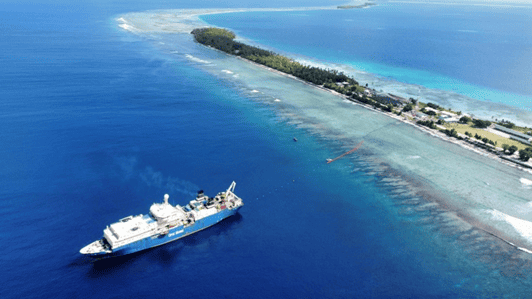Pacific nations require efficient, resilient connectivity to the global digital highway to participate in e-commerce and provide the services to their nation which are obtainable elsewhere in the world. Traditionally, Pacific nations have relied upon satellite and microwave connections - which are fine for the plain telephone and text services – however satellites are both bandwidth-limited and vulnerable to adverse weather conditions – especially cyclones. It is therefore not surprising that in today’s bandwidth hungry era of internet and global cloud services – clouded by fears of Please Subscribe to view full content...
